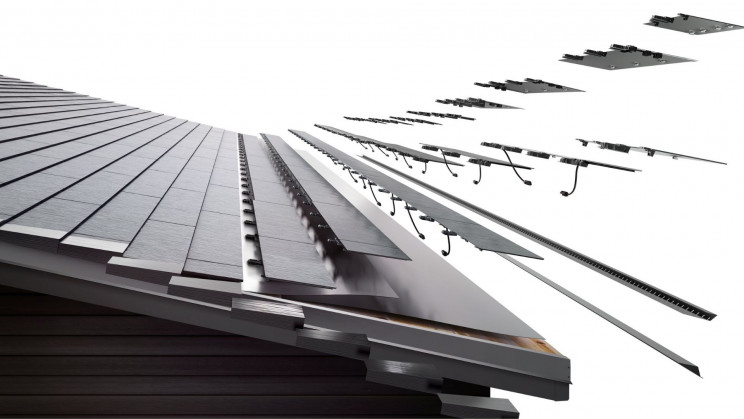Tesla is introducing a new solar roof tile that is more efficient and powerful. It comes at a time when Tesla is attempting to mainstream its solar goods.
When it comes to the solar roof, Tesla has had its ups and downs. The product’s attractive design has earned it widespread acclaim. It has undoubtedly substantial advantages over conventional solar panels, including the capacity to access markets such as new residences and properties in need of a roof replacement in the near future. It has, however, proved difficult to get it to market.
Tesla has struggled with durability testing, with prices shifting dramatically as the business understood the challenges of developing a streamlined product for such diverse applications as rooftops.
Tesla upped the price of its Solar Roof tiles significantly earlier this year in an update to its configurator and quote estimations, as well as introducing a new “roof complexity factor.” However, despite the price rise, the business claims that demand for the solar roof remains robust and that installations are speeding up. The Tesla Solar Roof is finally getting traction after years of delays, with a dramatic increase in installations in the last several quarters.
Tesla’s “SR60T1” tile, which has a 58.5-watt capacity, was previously employed in solar roof designs. With a new “SR72T1” solar tile, the company is currently producing bids and beginning installations. With a maximum power output of 71.67 watts, the new tile is more powerful than its predecessor.
Tesla was able to keep the same tile size while increasing the maximum power output by 22% thanks to more efficient solar cells. It will allow Tesla to put more solar electricity onto a single roof with fewer solar tiles.
Tesla installs solar-powered tiles alongside non-solar-powered tiles in solar roof installations. The company strives to maximize the efficiency of each roof by putting solar cells where they are most effective.
Solar tiles and non-solar tiles appear to be the same from the ground. The installation procedure could be sped up by using fewer solar tiles because there will be fewer electrical connections between them.
Tesla entered the clean energy sector in 2016 when it paid $2.6 billion for SolarCity. Instead of having to install cumbersome solar panels, it enables transitioning to solar energy easier by replacing conventional roof tiles with energy-generating solar roof tiles. Tesla provides a 25-year warranty on the tiles and handles the entire solar roof installation process.

